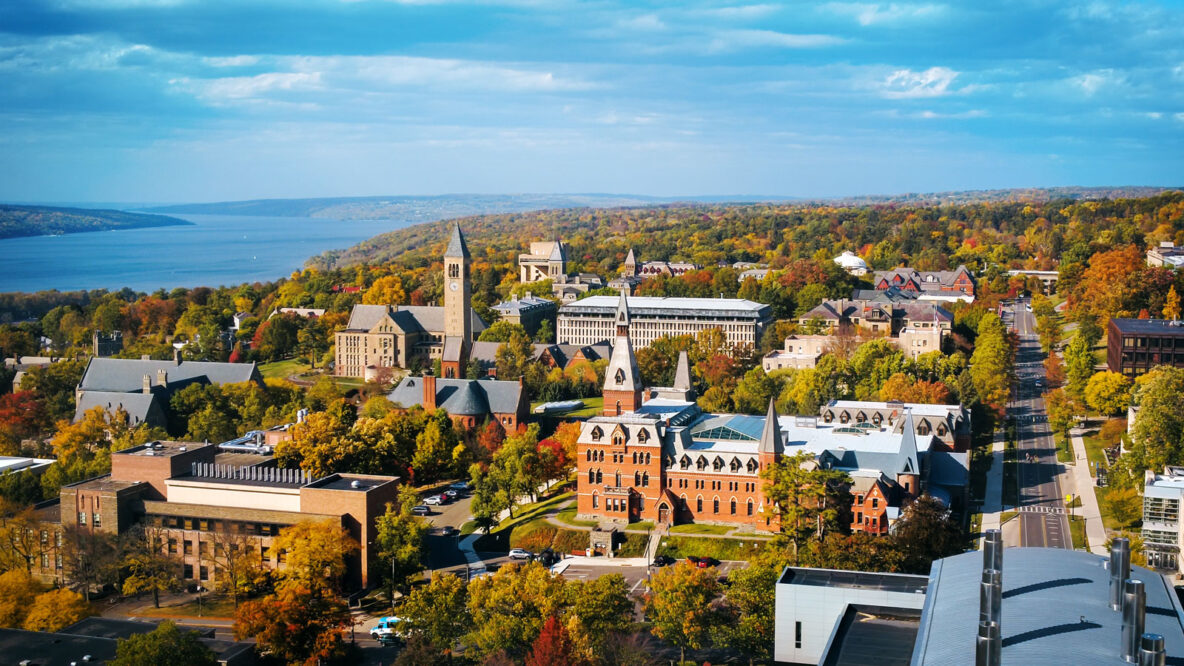
Corporate headquarters serve multiple purposes, including providing a shared workspace and embodying a corporation’s culture. However, for companies in the building products industry, these headquarters can also serve as living testbeds for their products. Schneider Electric, a global building equipment manufacturer and service provider, exemplifies this approach with its headquarters, Le Hive, located in the suburbs of Paris.
In 2008, Schneider collaborated with the building’s owners, French insurance company and financial services firm La Mondiale, to design and retrofit the property to meet the stringent ISO 50001 standard for energy management systems. Schneider’s commitment to sustainability is evident in its goal to achieve carbon neutral operations by 2025, reduce carbon emissions by 25 percent by 2030, and achieve zero CO₂ emissions by 2050.
To ensure that building system improvements would yield a return on investment within five years, Schneider Electric imposed a crucial constraint on itself. Recognizing the financial expectations of corporate clients within the duration of a commercial office lease, Schneider aimed to align with these requirements. Additionally, since Le Hive was already in use as an office, the team had to implement retrofits without disrupting current occupants.
One of the initial steps Schneider took to reduce energy consumption in the 375,000 square foot facility was installing sensors to gain a comprehensive understanding of energy usage. Over 3,500 connected devices were configured to monitor and control 30,000 different areas throughout the building. By measuring everything in the building, Schneider could make informed decisions to optimize energy efficiency. Multifunctional sensors were deployed to collect data on occupancy, temperature, humidity, air quality, and light.
Collecting data is only the first step; it is crucial to put this data into the hands of the right people with the right tools to drive meaningful change. Intelligent software can automate certain adjustments, such as changing temperature set points or reducing plug loads. However, larger impact often requires manual intervention. For instance, on days with low occupancy, workers can be consolidated into smaller areas or specific floors, allowing unused spaces to be powered down further.
Once the building is operating as efficiently as possible with existing equipment, facilities teams can consider larger equipment upgrades. This includes improving the building’s envelope or transitioning certain systems to full electric. For Le Hive, Schneider installed a geothermal heating and cooling system, enhancing efficiency year-round, even in extreme weather conditions.
Schneider’s dedication to innovation and hard work paid off. They successfully reduced annual energy consumption by 50 percent and carbon footprint by 44 percent, resulting in a 38 percent reduction in energy costs for office tenants. Importantly, these upgrades generated enough savings to cover their costs within the five-year timeframe set by Schneider.
Le Hive serves as a prime example of an office that goes beyond its primary function. It showcases the potential of building upgrades in terms of cost savings and environmental impact. By collecting data and empowering teams to act on it, Schneider has demonstrated that building upgrades can be financially viable, even within the short time frames that corporate occupiers require. Furthermore, Le Hive continues to serve as a testing ground for Schneider’s ongoing innovations. The work done in this building not only benefits its occupants for years to come but also contributes to global efforts in reducing energy consumption and carbon footprint before irreversible climate changes occur.

